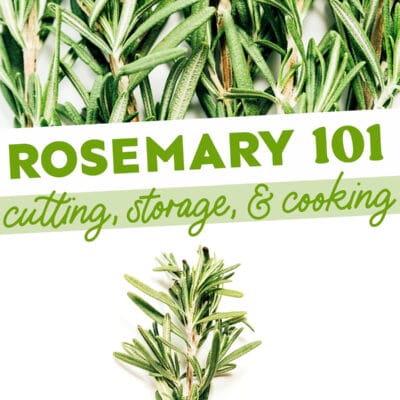Everything you need to know about the herb rosemary, from benefits and seasonality to storing and cooking!
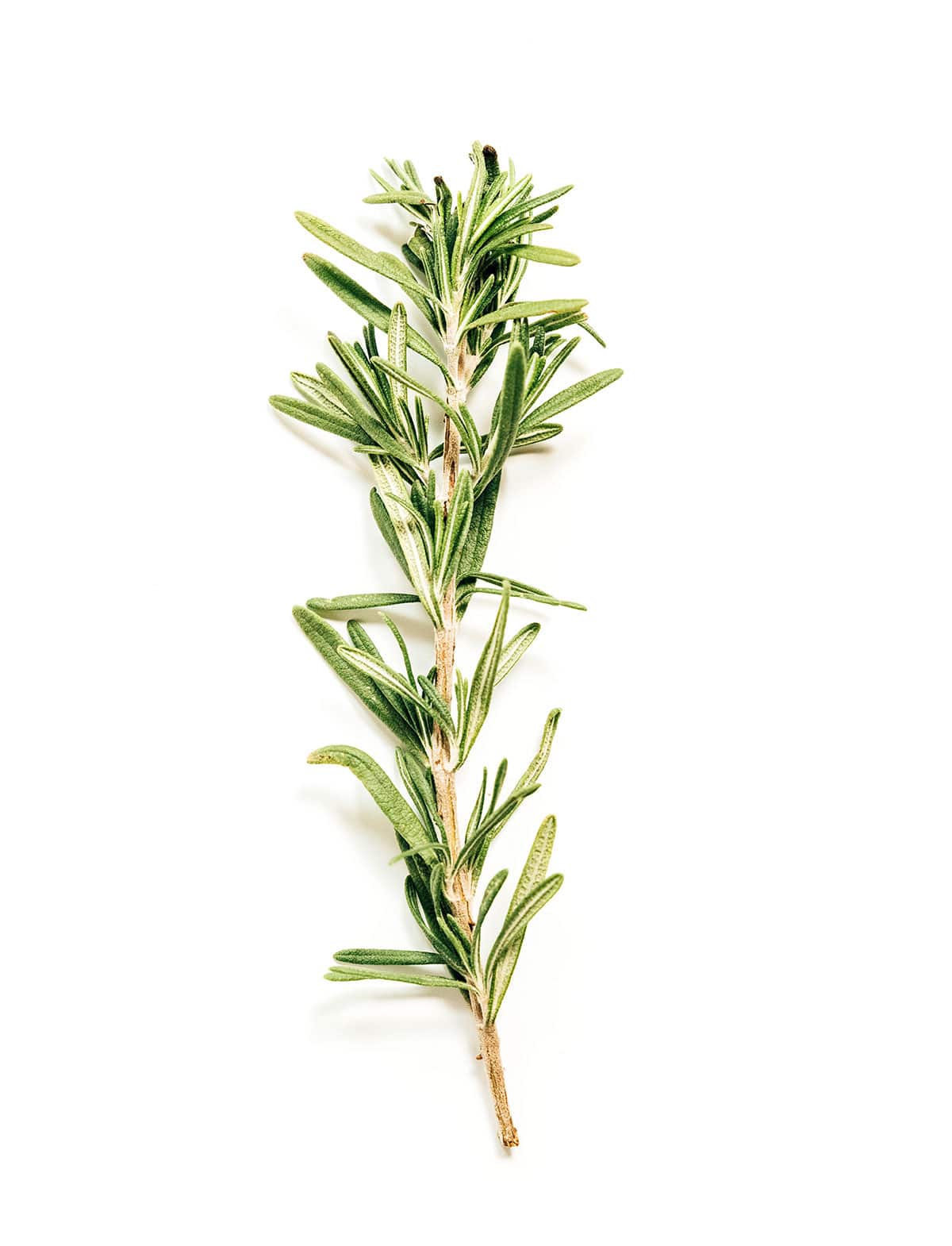
Whether you’re new to cooking or you’ve spent your fair share of time making culinary magic in the kitchen, you’ve probably come across a recipe calling for rosemary. And it’s safe to say, it was probably a good one!
Rosemary is a powerful, hardy herb that adds so much flavor to any dish it’s a part of. It’s one of the most flavorful herbs, and you’ll find it to taste like a mix between earthy, lemon, mint, and even sage. To many, it smells similar to a Christmas tree!
You know it tastes great, but you may be wondering what else you should know. Well, for starters, it is incredibly beneficial health-wise!
The benefits of rosemary
The rosemary herb is a culinary delight that adds so much flavor to dishes. But, it’s just as beneficial for the body as it is delightful for the tongue.
Anti-inflammatory & antioxidant-rich
Rosemary is known to have great anti-inflammatory and antioxidant properties. With a high count of both, the herb works to rid the body of free radicals (which benefits the body from head to toe), boost circulation, and strengthen the immune system.
Promotes eye health
Yep, it’s also is great for your eyes! The herb has a high concentration of carnosic acid, a compound that directly benefits vision.
Memory enhancing
Rosemary is known to work wonders for the brain. Smelling or tasting the herb can help boost alertness, concentration, focus, and memory recollection.
Hair growth
The powerful herb has visible benefits too, as it has been used for centuries as a hair growth supplement. Whether boiled into herb water or used in essential oil form, the oil can help promote hair growth on the scalp.
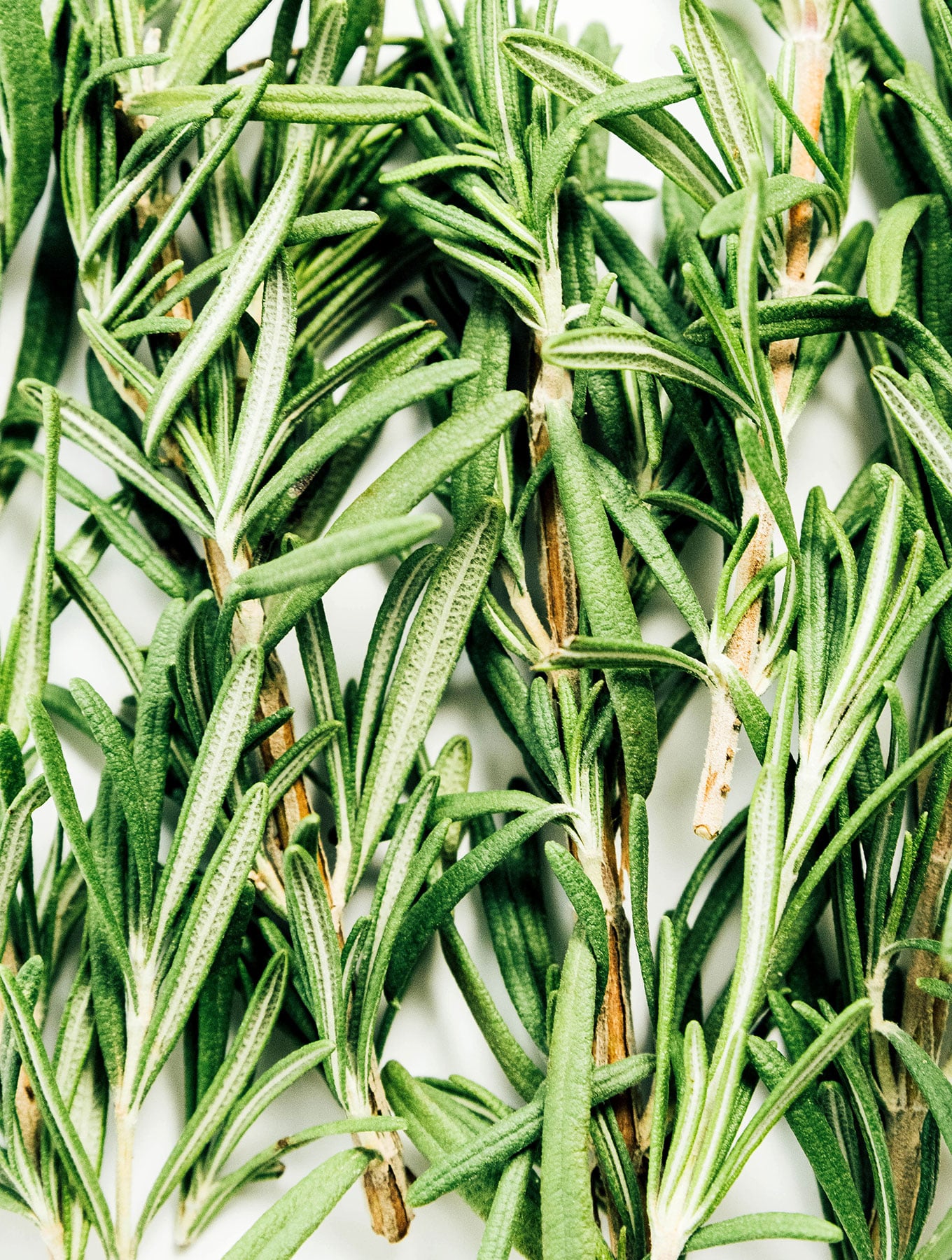
Where rosemary comes from
Rosemary, like it’s cousin Thyme, originated in the Mediterranean region. Over centuries, its popularity grew and it is now a staple in cuisines all over the world! But, it is grown mostly in Asia, northern Africa, and southern Europe.
The herb flourishes in warm climates, though its heartiness allows it to do well well in colder climates too (but nothing below freezing). It prefers soil with a high concentration of sand and clay (loamy soil) and a pH of 6-7. Each plant can grow to nearly 3 feet tall before being harvested!
Seasonality & when to buy
Like many produce plants and herbs, rosemary is in season in the spring and summer. However, you can find it in most grocery stores year-round! It will likely be a bit more expensive in the winter months due to a smaller supply.
Storage Tips
Rosemary should be stored in a cool and dark spot. I recommend wrapping it in a damp paper towel and placing it inside a plastic bag to give it a couple of extra days. Keep it in the refrigerator to maintain moisture and slow the wilting process.
If interested in drying the herb, you can do so by using a food dehydrator, laying out the plant to dry, or hanging it upside down like you would a bouquet of drying flowers.
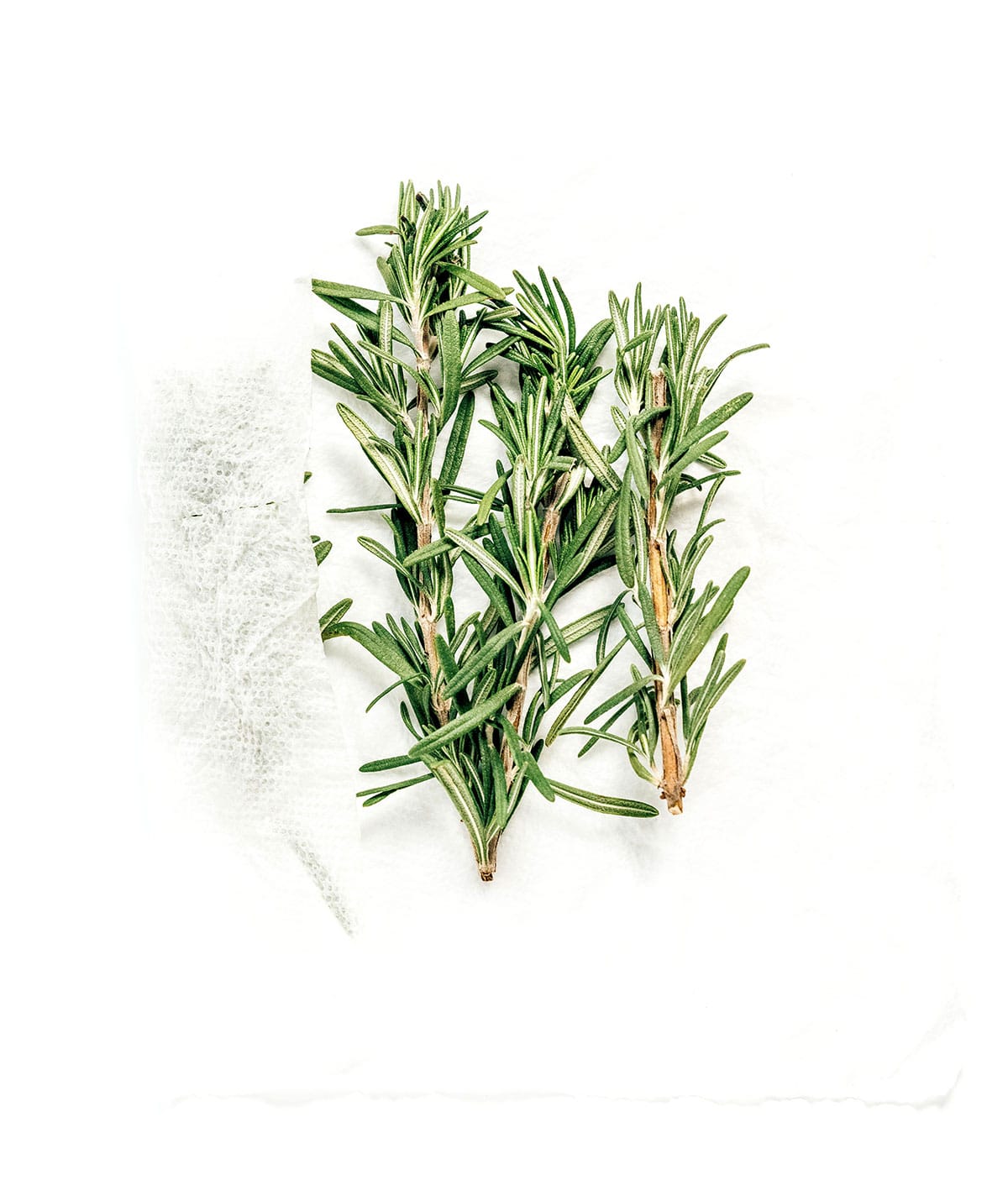
How to cook with rosemary
As rosemary has grown to be included in worldwide cuisines, so too have the methods in which it’s cooked! The herb can be prepared in a number of ways, from a garnish or tea to a marinade or flavoring.
In many dishes, you’ll find it included as a marinade for meat, but it can also be used to marinade plant-based options like tofu, seitan, or tempeh. It can be mixed into vegetarian soups and stews as a very flavorful addition, and it of course makes a great garnish that adds taste to any dish (like roasted potatoes!)
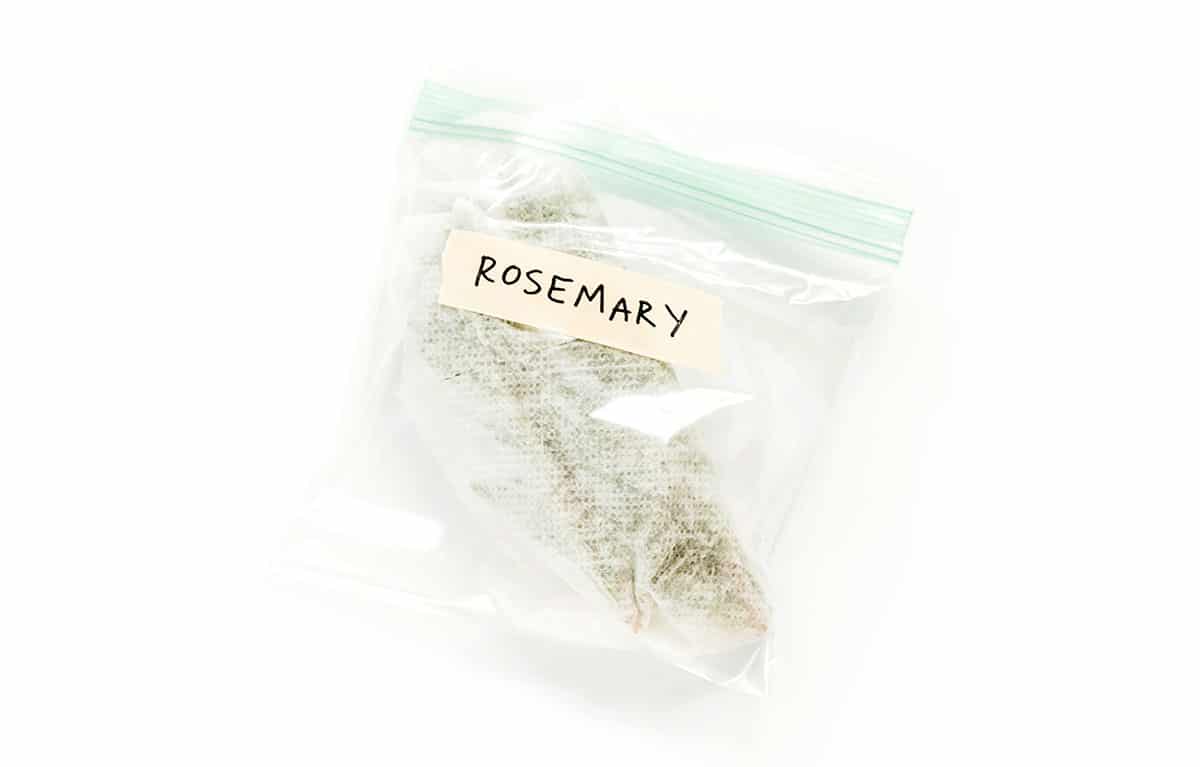
Rosemary Recipes to try
Looking for particular ideas? Here are some Live Eat Learn recipes that feature rosemary in various ways.
- Rosemary Coffee Marinated Tofu: Try rosemary as a delicious marinade alongside coffee and brown sugar with this tofu recipe!
- Easy Marinated Olives: Olives just soak up flavor, and marinating them with rosemary is a delicious method!
- Savory Apple Tart with Flaky Phyllo Crust: Try rosemary as a yummy garnish on this savory apple tart treat.
- Three Cheese Roasted Grape Pizza: Rosemary is delicious alongside the ricotta, parmesan, and mozzarella in this roasted grape pizza!

